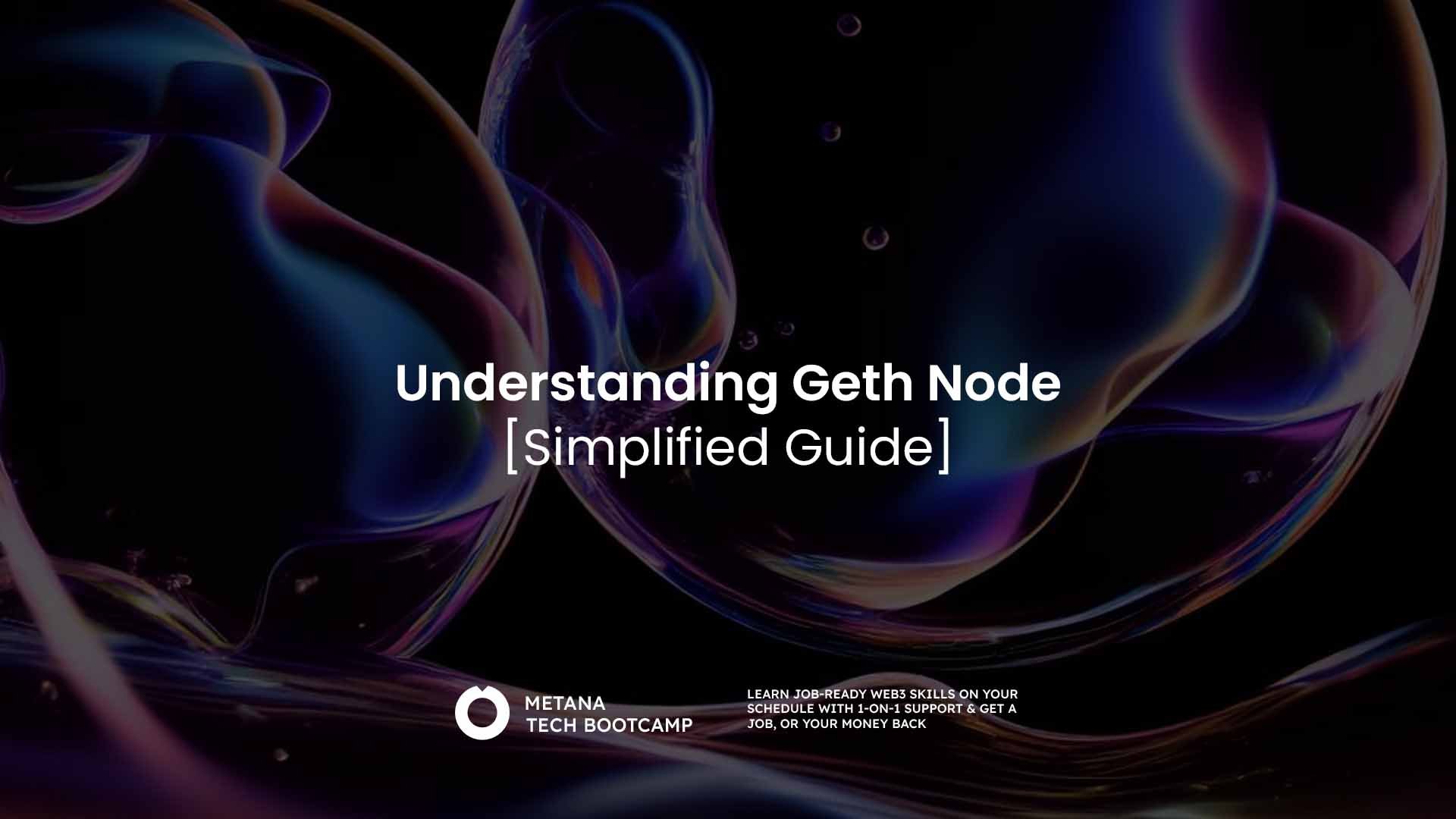Understanding Geth Node: A Complete Guide to Ethereum's Primary Client

Colorful bubbles against dark background
Geth (Go Ethereum) is the official Go implementation of the Ethereum protocol, serving as a crucial tool for interacting with the Ethereum network. It allows users to mine ether, transfer tokens, create smart contracts, and explore the blockchain.
A Geth node is a program that connects you to the Ethereum network, enabling direct interaction without relying on third-party services. It synchronizes with other nodes to maintain an up-to-date copy of the blockchain and validates all transactions and blocks.
Types of Geth Nodes:
- Full Node: Stores the complete blockchain history and validates all transactions
- Light Node: Downloads only block headers and requests other data on-demand
- Archive Node: Maintains historical states of all accounts, requiring significant storage
Key Features:
- Command-line interface for network interaction
- JSON-RPC API for dApp development
- Built-in JavaScript console
- Wallet management capabilities
- Mining functionality
To run a Geth node effectively, you need:
- Minimum 4GB RAM
- 500GB+ SSD storage (for full nodes)
- Stable internet connection
- Modern CPU (Intel Core i5 or equivalent)
Running a Geth node contributes to Ethereum's decentralization while providing direct blockchain access for development, mining, or network participation.
